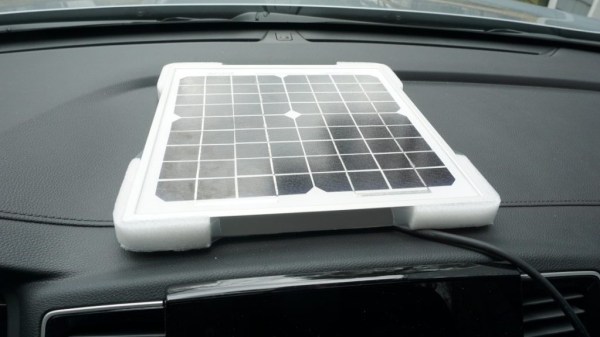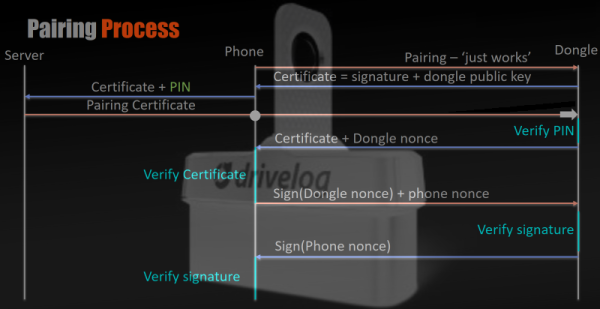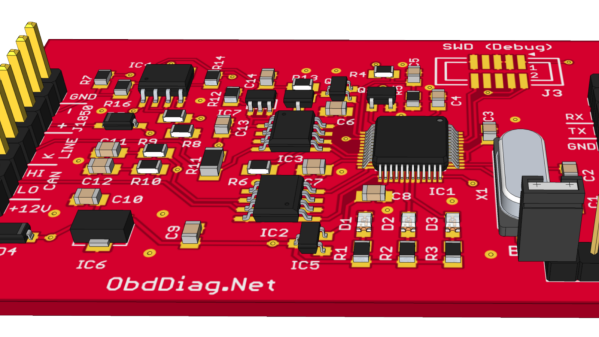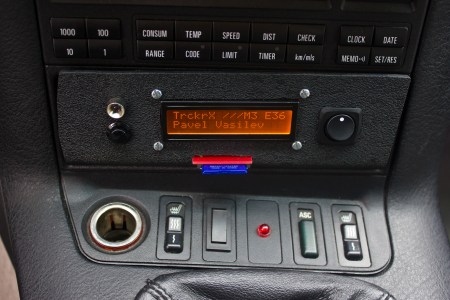Up until the 1980s or so, a mechanic could check for shorts in a car’s electrical system by looking for sparks while removing the battery terminal with everything turned off in the car. That stopped being possible when cars started getting always-on devices, and as [Kerry Wong] learned, these phantom loads can leave one stranded with a dead battery at the airport after returning from a long trip.
[Kerry]’s solution is simple: a solar trickle charger. Such devices are readily available commercially, of course, and generally consist of a small photovoltaic array that sits on the dashboard and a plug for the lighter socket. But as [Kerry] points out in the video below, most newer model cars no longer have lighter sockets that are wired to work without the ignition being on. So he chose to connect his solar panel directly to the OBD-II port, the spec for which calls for an always-on, fused circuit connected directly to the positive terminal of the vehicle battery. He had to hack together an adapter for the panel’s lighter plug, the insides of which are more than a little scary, and for good measure, he added a Schottky diode to prevent battery discharge through the panel. Even the weak winter sun provides 150 mA or so of trickle charge, and [Kerry] can rest assured his ride will be ready at the end of his trip.
We used to seeing [Kerry] tear down test gear and analyze unusual devices, along with the odd post mortem on nearly catastrophic failures. We’re glad nothing burst into flames with this one.
Continue reading “Solar Panel Keeps Car Battery Topped Off Through OBD-II Port”



















